Optimal Timing for Aluminum Siding Installation
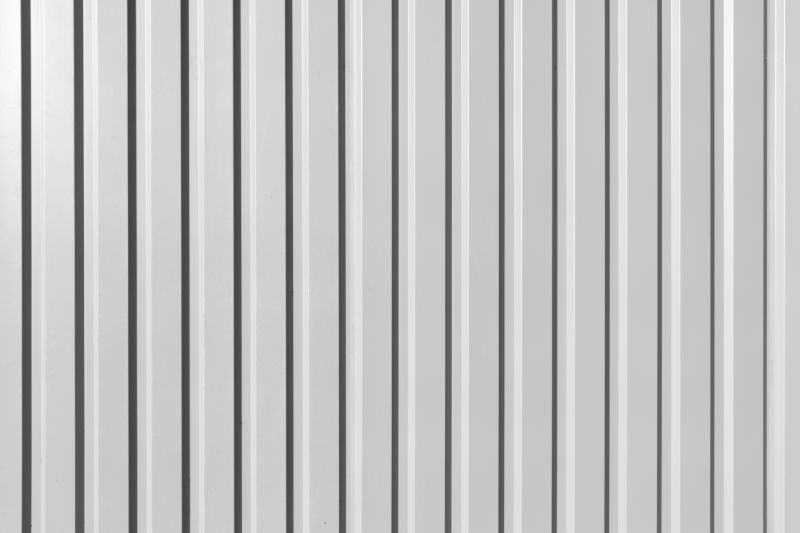
Spring offers moderate temperatures ideal for siding installation, reducing the risk of warping or material issues.

Summer provides longer daylight hours and warmer weather, but high temperatures can affect material handling and installation comfort.
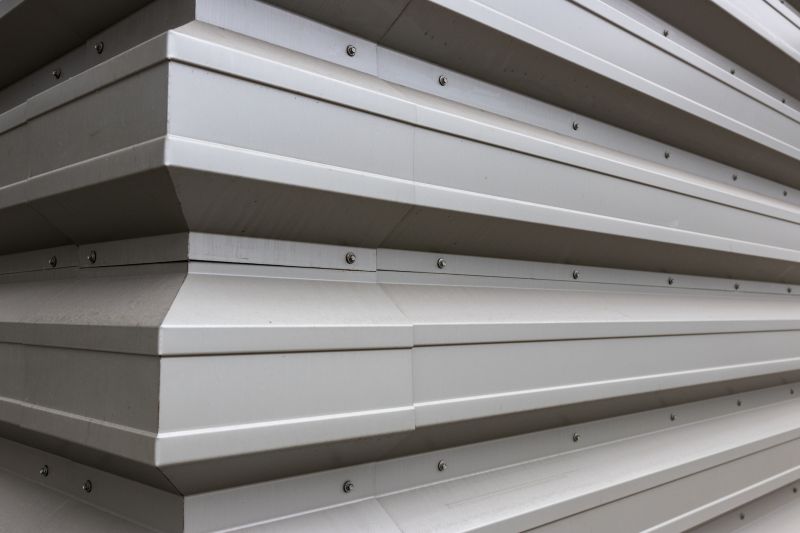
Fall's cooler temperatures help with installation quality, and preparation for winter can be completed efficiently.

Ways to make Aluminum Siding Installations work in tight or awkward layouts.
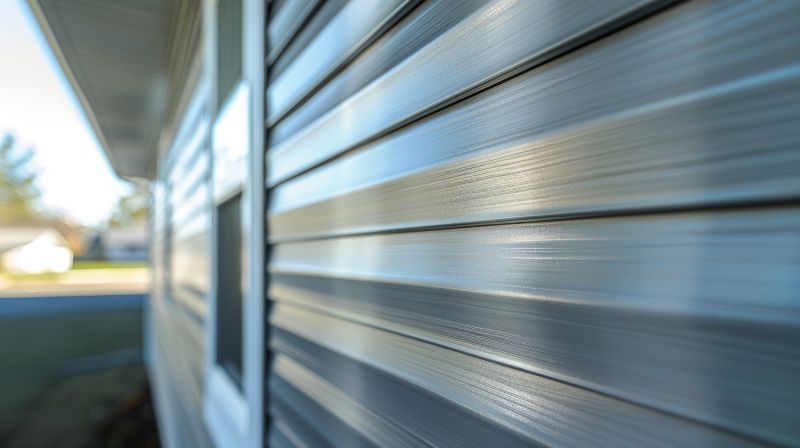
Popular materials for Aluminum Siding Installations and why they hold up over time.
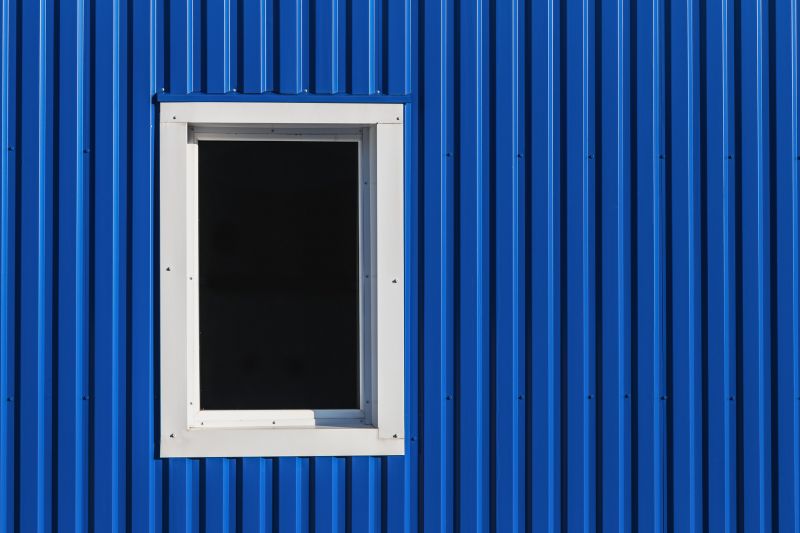
Simple add-ons that improve Aluminum Siding Installations without blowing the budget.
Aluminum siding installations are most effective during seasons with stable weather conditions. Mild temperatures prevent material expansion or contraction, ensuring a more precise fit and longer-lasting results. Extreme heat can cause aluminum to expand, making installation more challenging, while cold weather can make materials brittle and difficult to work with.
Statistically, the majority of siding projects are completed during spring and fall, accounting for approximately 60% of annual installations. These periods typically offer optimal weather conditions, leading to fewer delays and higher quality outcomes. Proper planning around seasonal weather can improve installation efficiency and durability.
Installing during mild weather reduces risks associated with temperature fluctuations and moisture.
Temperature impacts aluminum's flexibility, affecting ease of installation and finish quality.
Planning installations during favorable seasons minimizes delays and ensures timely completion.
Fall installations allow for completion before colder months, preventing winter-related delays.
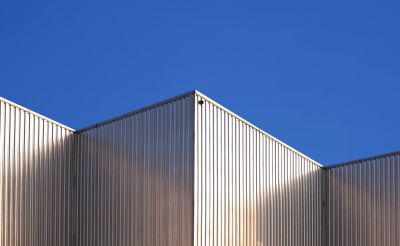
A modern aluminum siding installation enhances curb appeal.
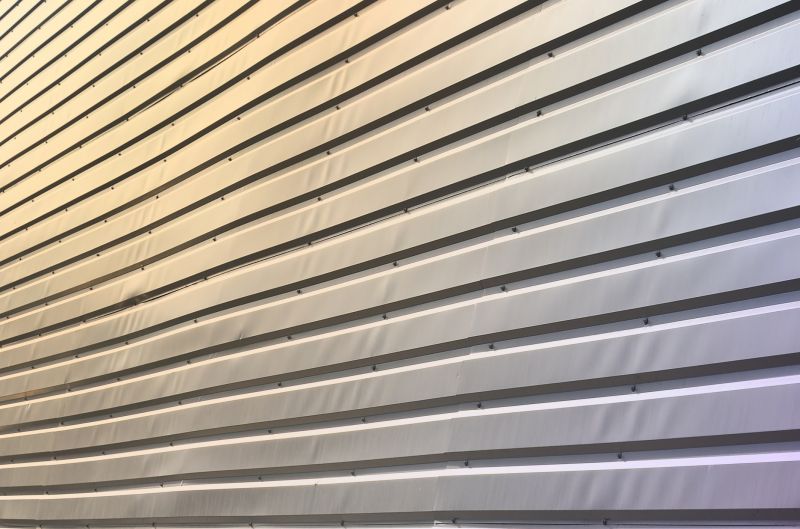
Detail shot showing the sleek finish of aluminum siding.
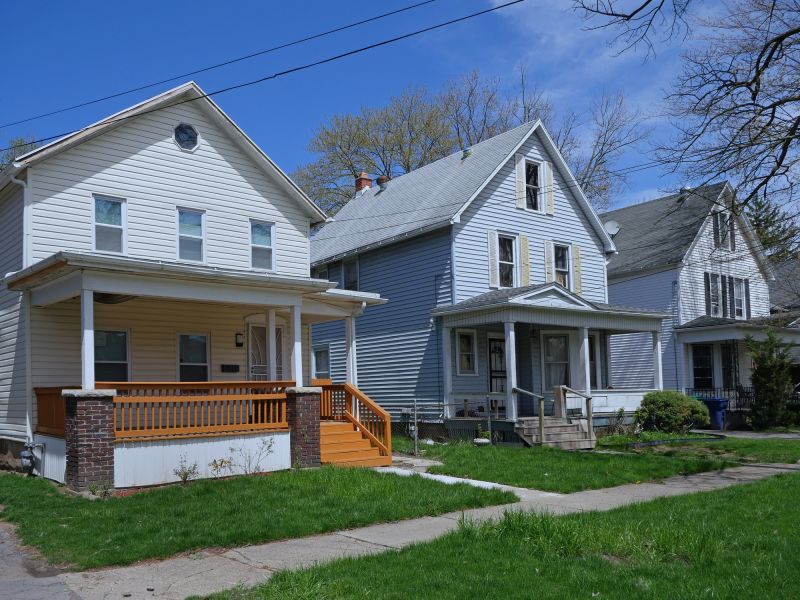
Complete siding installation in a residential setting.
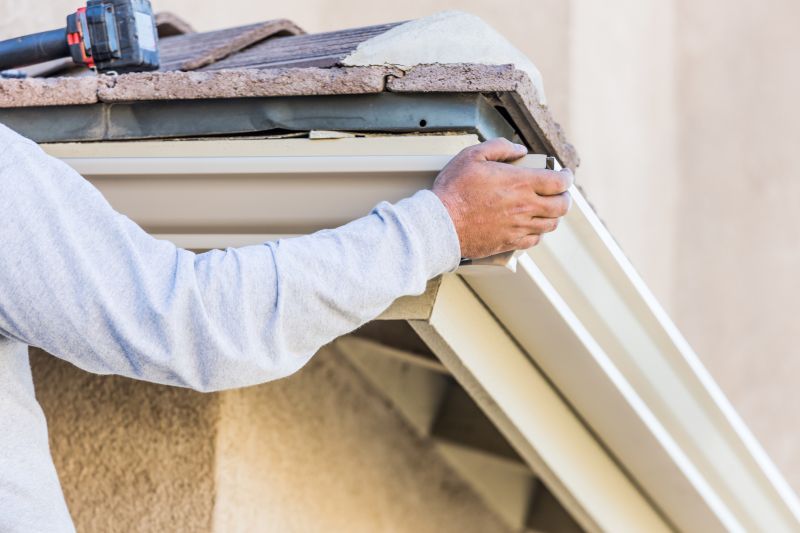
Workers installing aluminum siding on a house exterior.
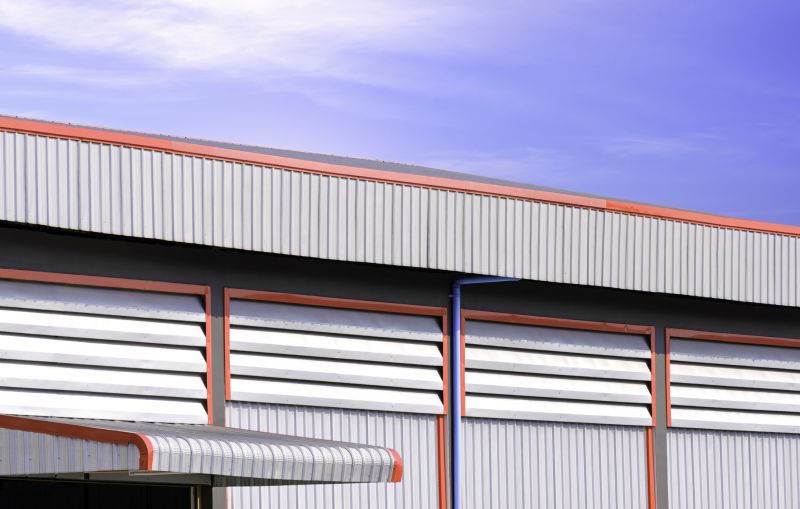
Various colors available for aluminum siding to match aesthetic preferences.

Panels prepared for installation on a building facade.
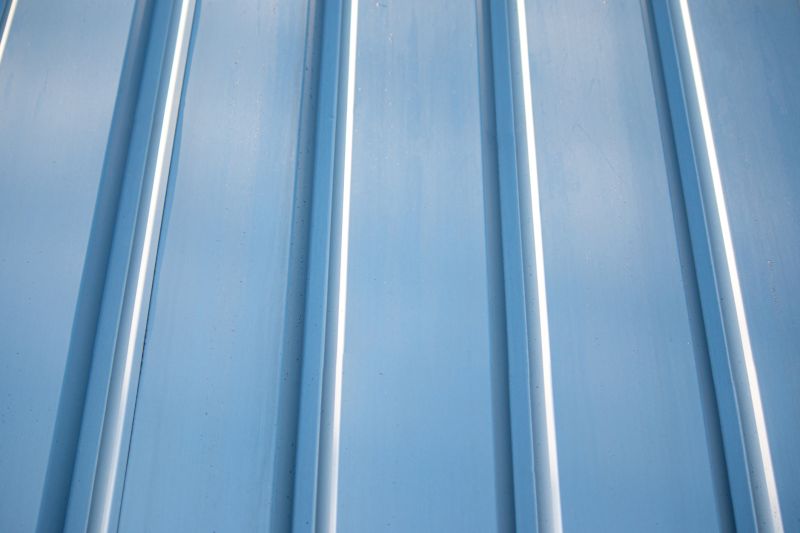
Final look after installation, showcasing smooth, durable panels.

Equipment used in aluminum siding installation projects.
| Season | Advantages |
|---|---|
| Spring | Ideal temperatures for installation, less moisture, and longer daylight hours. |
| Summer | Extended daylight and warm weather, but risk of heat-related issues. |
| Fall | Cooler temperatures suitable for installation, prepping for winter. |
| Winter | Generally not recommended due to cold and potential for snow or ice. |
Choosing the right season for aluminum siding installation depends on local climate and project timelines. Proper timing ensures the siding's longevity and appearance, with moderate weather conditions facilitating a smoother process. Planning ahead for seasonal weather patterns can lead to more efficient and durable results.
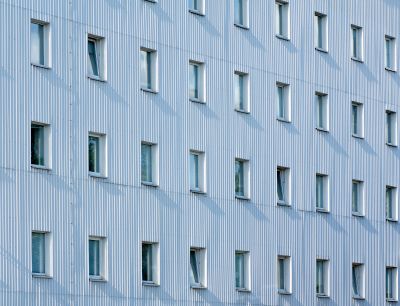
Technicians installing aluminum siding during favorable weather.
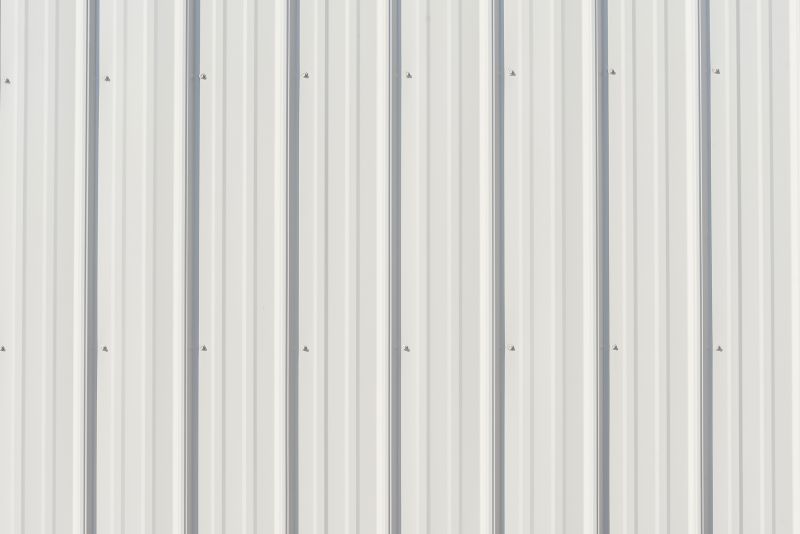
A home finished with sleek aluminum panels.
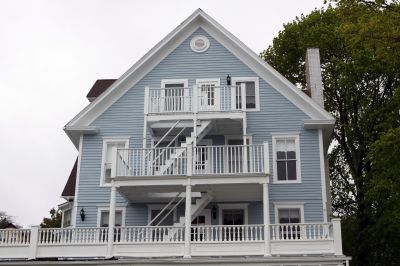
A residential property showcasing aluminum siding durability.
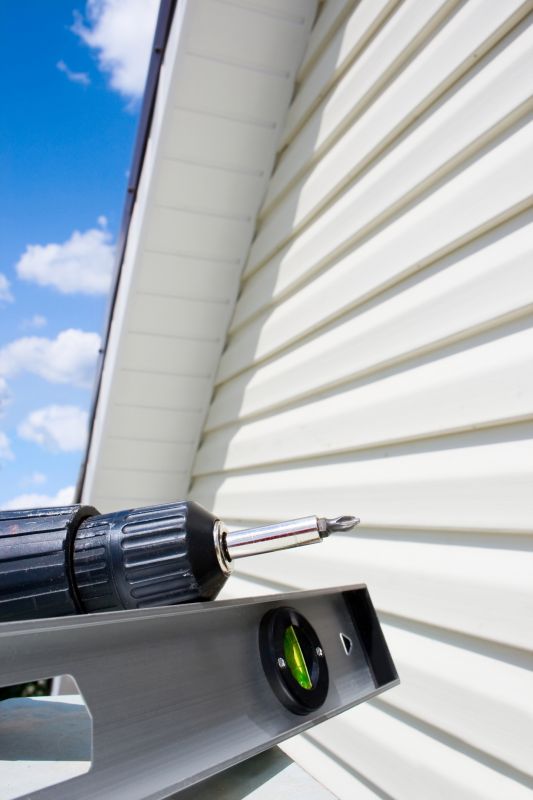
Equipment used for professional aluminum siding installation.
Interested in aluminum siding installations? Filling out the contact form can provide more information and help plan the optimal timing for a project tailored to specific needs and local climate conditions.
